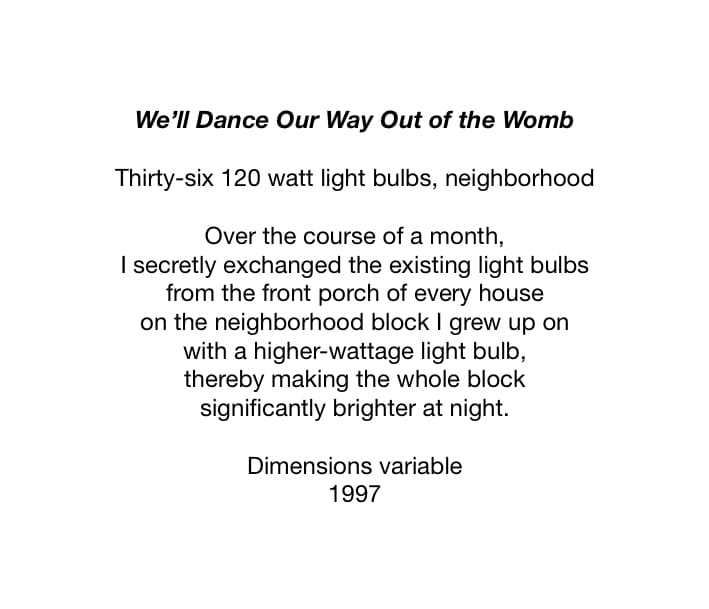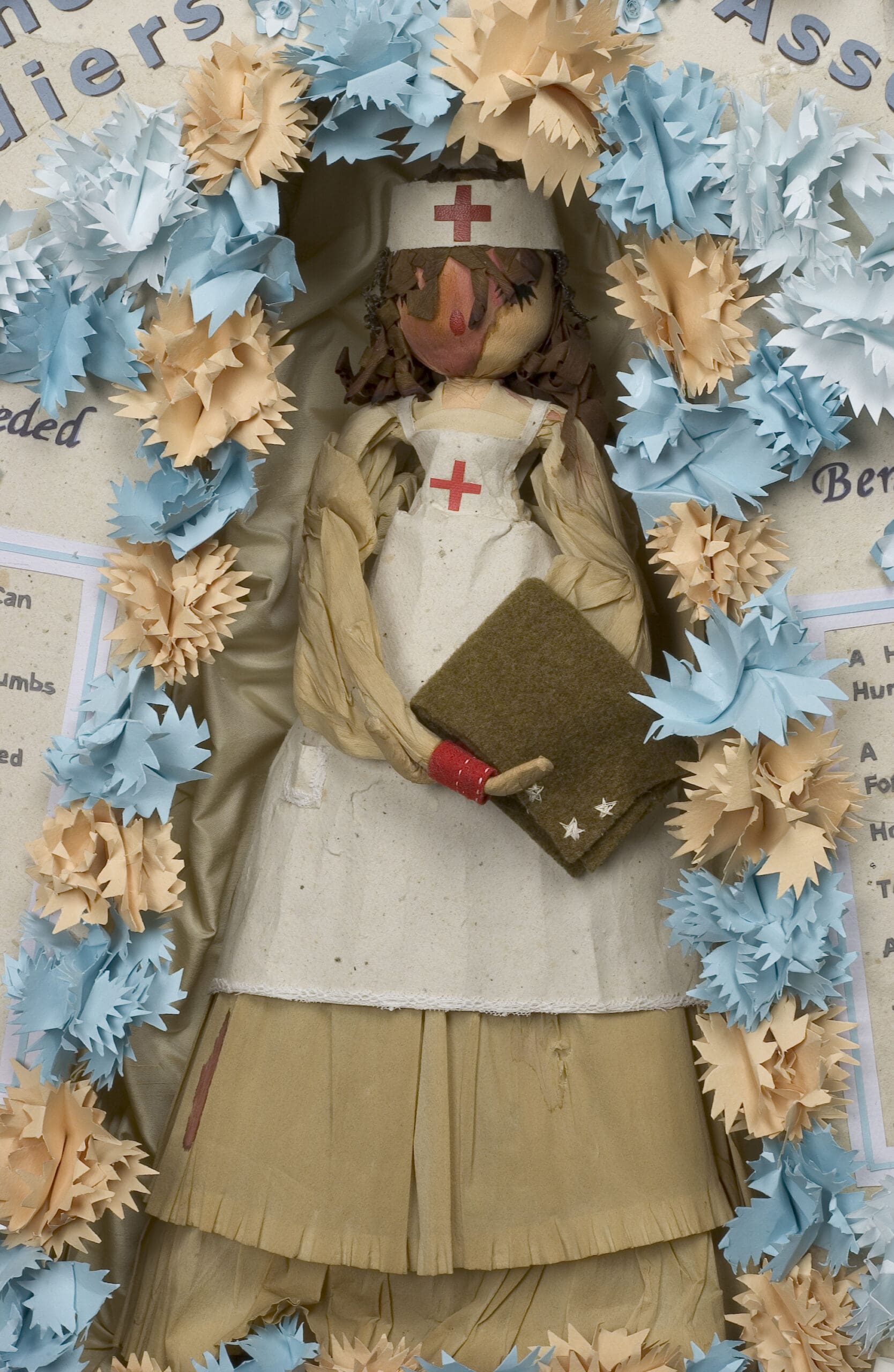
“Intimacy at a distance; affection as repair. Slowly, tenderly hesitant, we will all find our touch again.” — Dario Robleto
“For the past two years, I have been quietly collecting lint, thread, etc., from other people; for example, a piece of lint on someone’s shoulder or a hair hanging on a forearm. I then connected all this debris into one long thread, which I then spooled. From this spool of debris, I repaired a blanket, a tiny pair of mittens, sewn buttons back on to shirts, repaired tears in clothes and various other things.”

“When people ask me who my artistic role models are, the answer is always the same: hospice nurses. It’s an unexpected answer, but it is the truth because everything I believe art to be—the embodiment and exchange of compassion, altruism, and empathy—was formed from watching those nurses care for strangers as if they were their own family. If there is some final human threshold for compassion in the face of tragedy, then those nurses proved time and again, we have not yet met it. Perhaps, even, there is no threshold at all—caring is boundless. I was lucky enough to grow up around many of them as my mother worked for, and eventually became the director of, a hospice facility in San Antonio. To this day, both she and my sister work in a nursing home caring for the sick and elderly.”
“Nursing was not an organized profession in America until the Civil War created an urgent need for people to care for wounded soldiers, but the gesture is ancient. Many of us will need to tap into that inner nurse we all carry inside. But we can. Thank you to all the nurses and caregivers out there, for we will need you more than ever in the coming months to remind us of our core humanity in the face of fear, panic, suffering, and suspicion.”

“As a young artist, social distancing, seclusion, and self-reflection all came naturally to me. I suppose they still do. But the radical nature of art, at least the truth of it that I have come to embrace, is in its capacity for care, empathy, reciprocity, invitation and correspondence with others. I fail at this all the time, but gone are the days that I don’t know what I’m aspiring to.”
“As I set out to make my first artworks [in 1996], to test this still precarious balance in myself between introversion and community, I began a series of works called ‘Actions’ that only required my imagination and the most minimal of materials around me. They were designed as poetic-instructions for anyone to perform again.”
“These actions slowly built off each other, and, over time, were meant to create an anonymous network of subtle acts of care. Before I could prove to myself that art could change the world, I needed to prove it could carefully shift the light in front of me and others.”

